Bachelor's student in Information Security
Architectural Wonders of Bangladesh
In the first blog I wrote about my beloved home country, I shared with you its natural wonders. Today, I am discussing the architectural wonders and World Heritage Sites of Bangladesh.

When you visit the beautiful country of Bangladesh, you’ll discover that it’s much more than just a country — it’s a living story told through its ancient architecture and mesmerizing landscapes. Allow me to share some of my experiences exploring these magnificent places.
I will start by describing several UNESCO World Heritage Sites located in Bangladesh that I was lucky to visit.
The ancient city of Mahasthangarh — a journey through time
Mahasthangarh in Bogura, is one of South Asia's oldest urban centers, dating back to the 3rd century BC. Its ancient forts, temples, and houses showcase Bengal's rich heritage and advanced urban planning. During a visit in 2018, I was in awe of its grandeur. That year, I led a team to the ICT Olympiad in Bogra, and we took a break with our teacher to explore Mahasthangarh. Seeing the ruins up close and learning their history made the experience unforgettable, deepening our appreciation for Bangladesh's cultural richness.
Historic mosque city of Bagerhat — a timeless Islamic treasure
Standing before the Sixty Dome Mosque in Bagerhat, I was mesmerized by its 15th-century grandeur. I visited it with my father in 2010. Founded by Khan Jahan Ali, Bagerhat is rich with medieval mosques, water tanks, and tombs. Walking its historic streets, I could almost hear whispers of the past. This city preserves Bengal's unique Islamic architecture, making it a must-visit for history and architecture lovers.

Paharpur — the splendor of ancient Buddhism
Paharpur,a city in northwestern Bangladesh, houses the magnificent Somapura Mahavihara, one of the largest Buddhist monasteries in South Asia. I went there for the first time with my father in 2009. Built in the 8th century, this site was a thriving center of learning and cultural exchange. As I wandered through its vast courtyard and admired the intricately carved terracotta plaques, I felt transported to an era when monks and scholars from across Asia gathered here. Its historical significance as a hub of Buddhist heritage makes it an unforgettable destination.
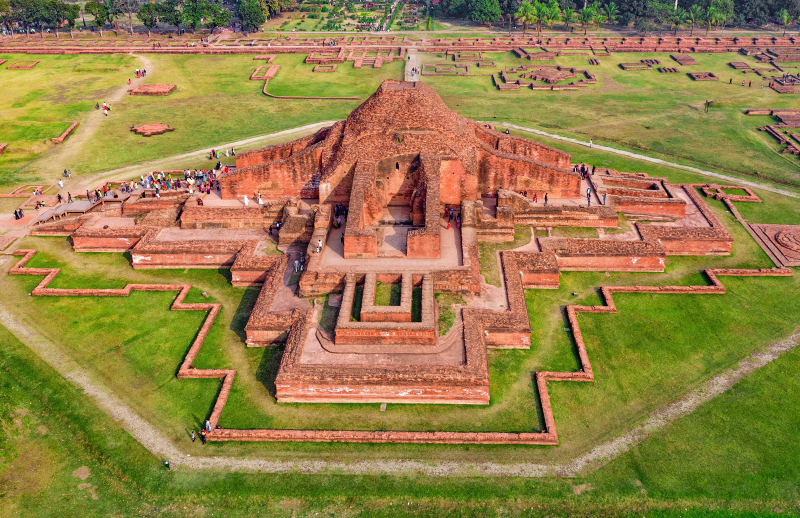
Next, I want to focus on the architectural wonders of my country.
Lalbagh Fort — Mughal grandeur in Dhaka
Nestled in the heart of Dhaka, Lalbagh Fort is a stunning reminder of Mughal ambition. Commissioned by Prince Azam in 1678 but never completed, the fort remains a symbol of unfulfilled dreams. Walking through its beautifully designed gateways and lush gardens, I imagined the grandeur of the Mughal court. Despite its unfinished state, it continues to captivate visitors with its architectural elegance and historical depth.
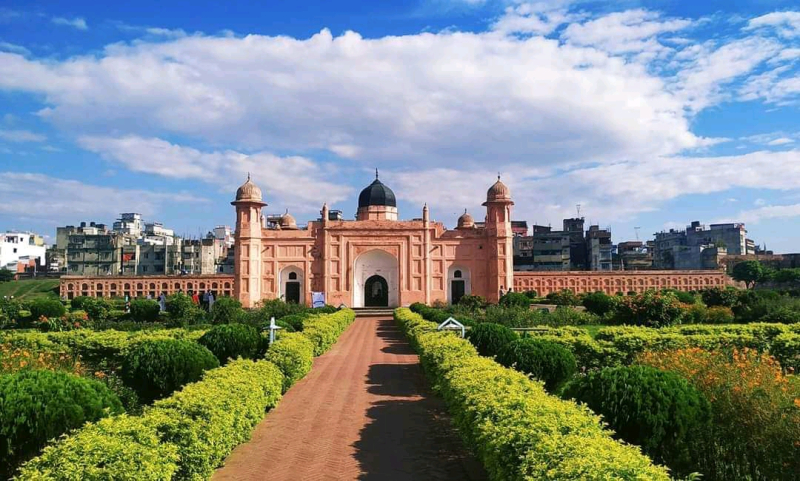
Ahsan Manzil — the pink palace of Dhaka
Ahsan Manzil, once the residence of the Nawab of Dhaka, is a breathtaking architectural gem. Built in the 19th century, this pink palace on the banks of the Buriganga River now serves as a museum showcasing Dhaka’s colonial past. Stepping inside, I was struck by its lavish halls and grand chandeliers, each narrating tales of aristocratic life. Its significance lies in preserving the city’s heritage and offering a glimpse into the opulence of bygone eras.
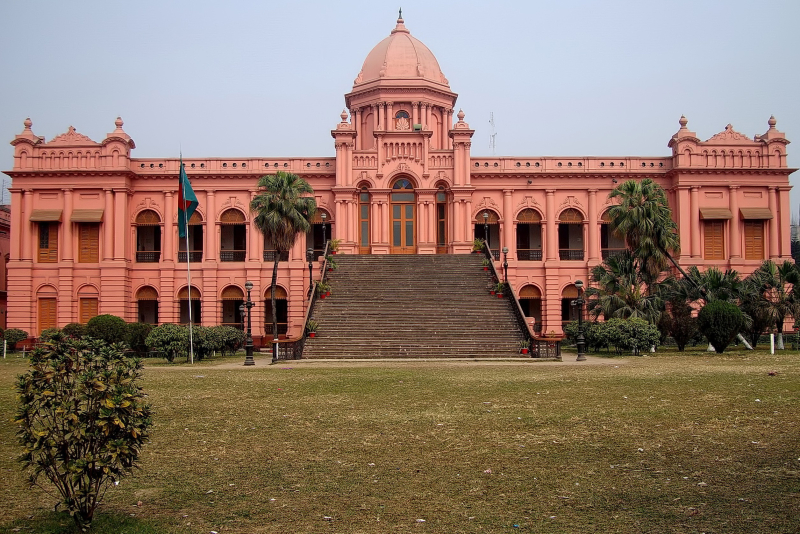
Bagha Mosque — a hidden gem close to my heart
Just a kilometer from my home, Bagha Mosque holds a special place in my heart. Built in 1523 by Sultan Nusrat Shah, this mosque stands out for its exquisite terracotta decorations and ten domes, blending Mughal and Bengal architectural styles. Every visit feels like a journey through history, where intricate carvings and serene surroundings transport me to the medieval era. It’s a hidden gem that deserves greater recognition.
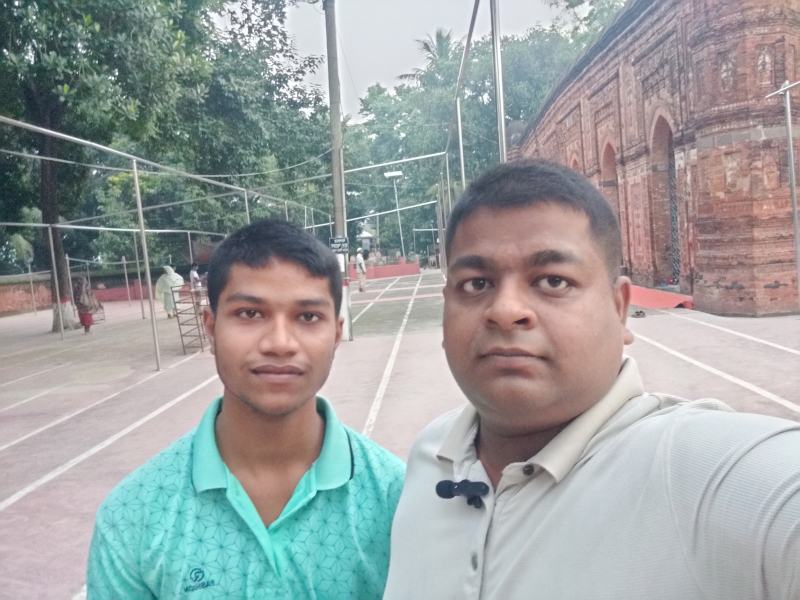
The National Martyrs' Memorial — a tribute to our heroes
In Savar, the National Martyrs' Memorial stands as a solemn tribute to the brave souls who sacrificed their lives for Bangladesh’s independence in 1971. Designed by Syed Mainul Hossain, its towering spires symbolize the resilience of the nation. Every visit fills me with pride and deep reflection on the struggles that led to our freedom. It is not just a monument — it is a place of national remembrance and inspiration.
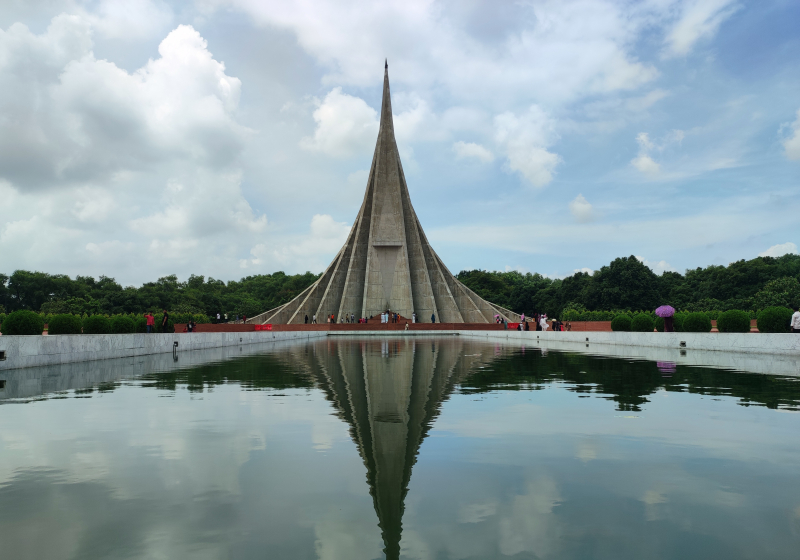
Puthia Rajbari — a regal legacy
The Puthia Rajbari in Rajshahi, a stunning mix of Mughal and colonial architecture, reflects Bengal's aristocratic past. As it is just 21 km from my house, I often travel there with friends to enjoy its beauty. Built in the 19th century by the Puthia Royal Family, its grand halls and intricate carvings amaze me. Walking through its corridors, I imagined the royal lifestyle and cultural vibrancy of that era.
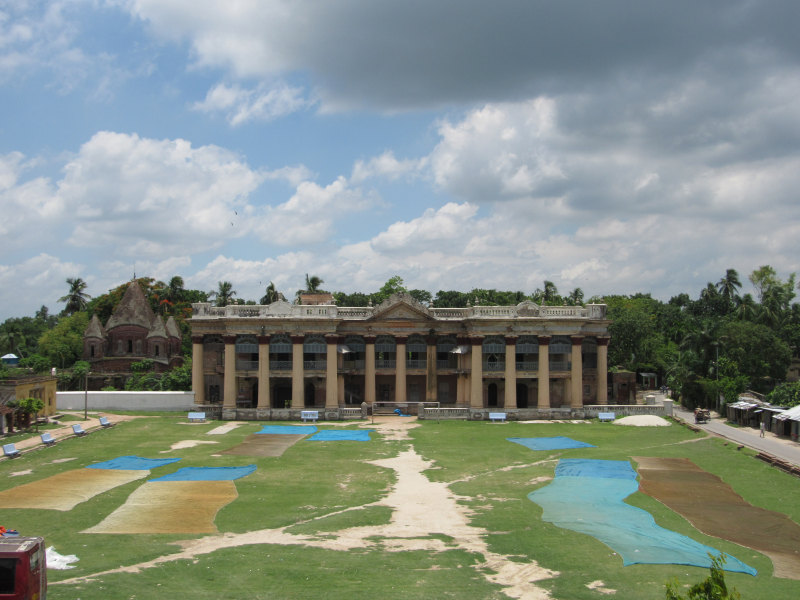
National parliament house — a masterpiece of modern architecture
Designed by the legendary Louis Kahn, the National Parliament House in Dhaka is an architectural marvel. Completed in 1982, its geometric design, strategic use of light, and vast open spaces make it one of the world’s most remarkable legislative buildings. Beyond its aesthetic brilliance, it stands as a powerful symbol of Bangladesh’s democracy, representing the nation’s political evolution and aspirations.
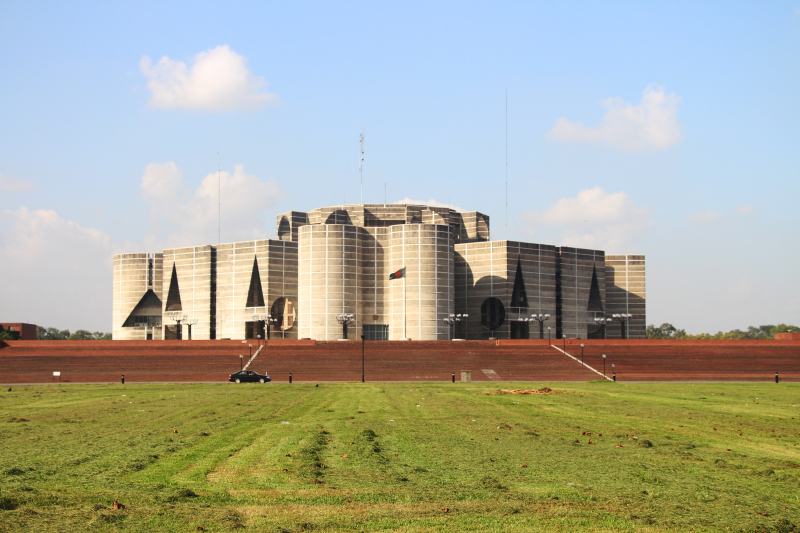
Every one of these places has left a mark on my heart. Each monument, each temple, and each mosque tells a story of a glorious past. If you love history, culture, and architecture, Bangladesh is calling to you. Come and experience it for yourself — you won’t be disappointed!
